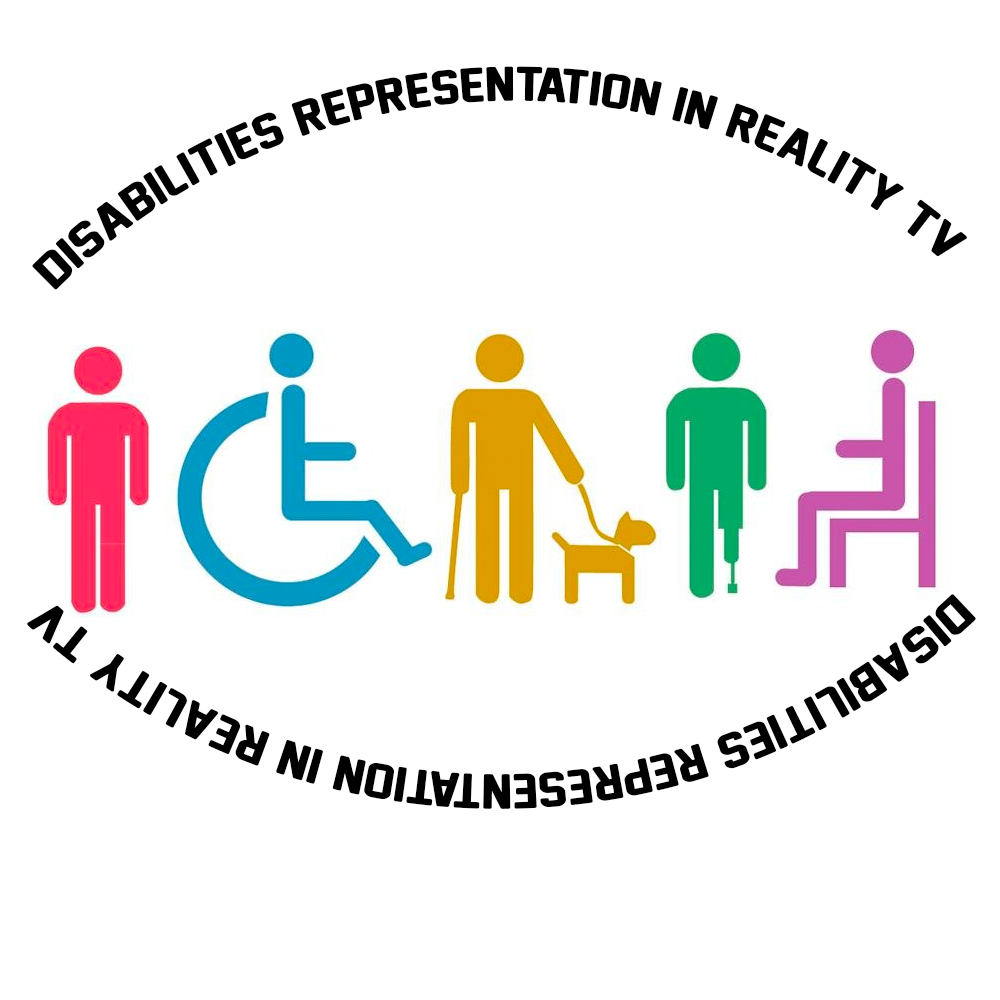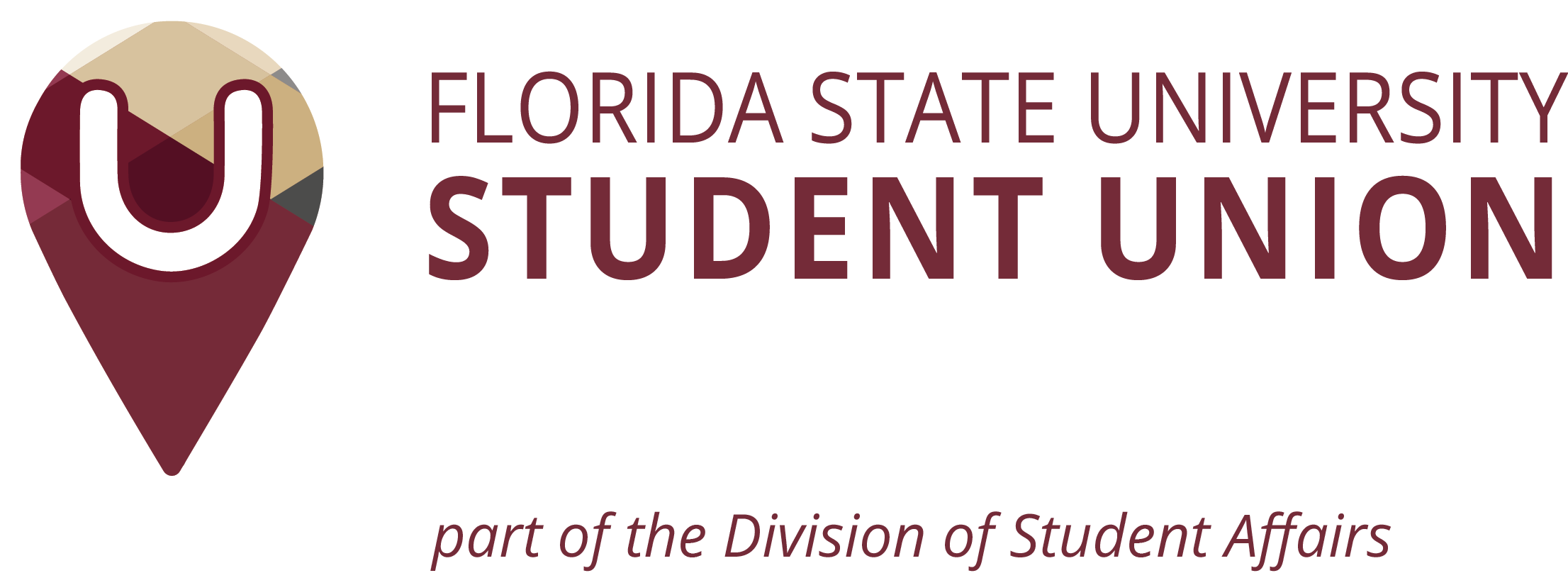Please visit response.fsu.edu for official FSU updates and resources.
Disabilities Representation in Reality TV

The Bachelor and all the other shows in the franchise have become a part of my weekly routine in the last couple years. It’s one of my favorite things to do with my friends. I love watching and yelling at the TV when a contestant or the bachelor/bachelorette is making terrible decisions and admiring all the gorgeous outfits. The first episode of the most recent season introduced Daisy, a 25-year-old account executive from Becker, Minnesota. Right off the bat all my friends (and I) marked her as a favorite because she was so sweet and caring. Part of her introduction video told viewers about how, due to both Lyme and Meniere’s disease, she experienced a variety of medical issues, including a significant loss of hearing in her left ear. She made the choice to get a cochlear implant and is now living her life to the fullest and is now ready to find love. Daisy got me thinking about how I’d started seeing people with different disabilities entering the world of reality TV, at least in some of the shows I watch.
Representation in media is a very popular topic because improvements haven’t been happening for long. There’s still a lot of progress to be made. For all kinds of TV, there are still calls for more and better representation of different body types, races, the LGBTQIA+ community, and, the topic of this post, those with disabilities. Why is it important though? A compelling answer for those on the corporate side of things is money. Better diversity means more viewers because people like to see themselves in the content they consume. On top of that, for viewers, it’s an “I can do that” moment. On the previous season of The Bachelor an alum of Florida State University (FSU) and Zeta Tau Alpha joined the ranks of The Bachelor contestants, which I think gave the panhellenic community at FSU that moment. By increasing representation, you’re doing that for millions of people who haven’t had that moment, which is a compelling reason to watch a show.
An extra barrier that those with disabilities face is that people think they can’t do what regular contestants do. Disability representation in media is important for simultaneously breaking down stereotypes and promoting inclusivity. Positive and accurate portrayals can challenge misconceptions along with educating and bringing awareness to audiences.
Here are some examples that show participants challenging that extra barrier:
- Raven Sutton, who is deaf, joined The Circle in Season 5 with her best friend and interpreter Paris and managed to make it to the final table, although she just missed the mark and didn’t end up with the final prize. Whenever the TV showed Raven, she tended to have a smile on her face and was clearly enjoying her time with her friend and playing the game.
- Briony May Williams showed up on Season 6 of The Great British Baking Show, and the audience gradually realized that she was missing her left hand. She had made the choice with the executives to not point out what she calls her “little hand,” and instead managed to make it to the final four without any accommodations.
- Christine Hà, a chef, writer, and TV Host, amazed Gordon Ramsey on Season 3 of Master Chef. She won the competition after her time on the show and was awarded the title, grand prize, and cookbook deal. Hà is also blind.
- Amy Purdy was a competitive snowboarder for five years when she contracted meningitis and was forced to amputate both her legs in 1999. She is now an award-winning Paralympic snowboarder and joined the Dancing with the Stars cast of Season 18. She worked her way up with Derek Hough to 2nd place while consistently earning high scores.
- Christy Smith, the first deaf contestant on Survivor, made it to the final 6, although her teammates became fearful of her power as a swing vote and so she was (unfortunately) eliminated.
To me, that’s some pretty compelling evidence. Whether an amputee, blind, or deaf, these participants showed up and showed out with detective skills, mouthwatering creations, dazzling dance talent, and impressive survival abilities. On top of that, they have become pillars and continue to inspire in their communities, as those with disabilities felt represented. And for some of the contestants, it was why they did it. Raven Sutton said on Good Morning America, "[Deaf people] want to see someone like themselves use their language on TV. We're always used to reading captions on TV, and all the shows. But when you have a chance to see someone who looks like yourself, who uses the same language as you, we've got many people that were so excited to see themselves on screen." The impact that representation on reality TV has is vast and very important, I look forward to seeing more and more people with disabilities join the ranks of all these franchises to dominate the ratings or the competition.
Writer: Emily Wilmot
Artist: Solymar Estrella



